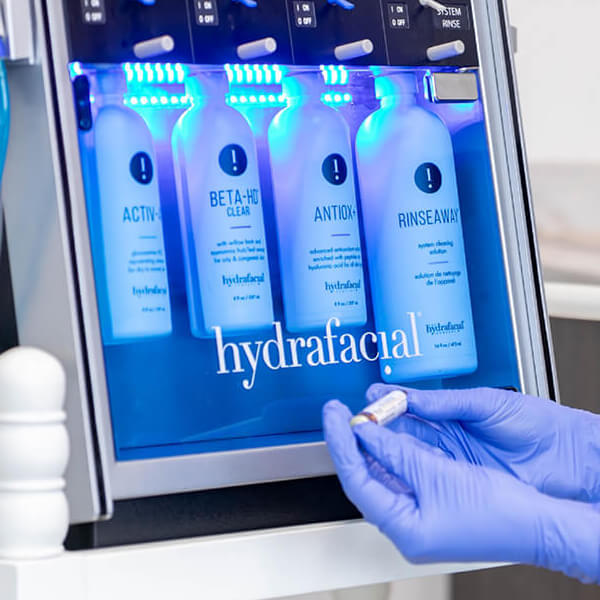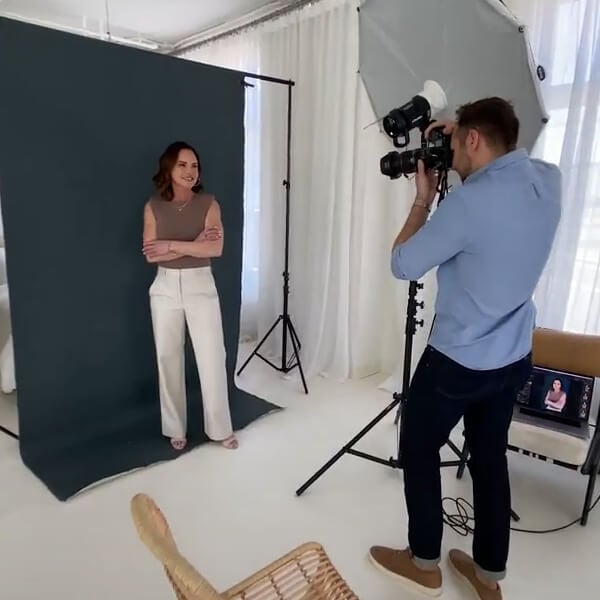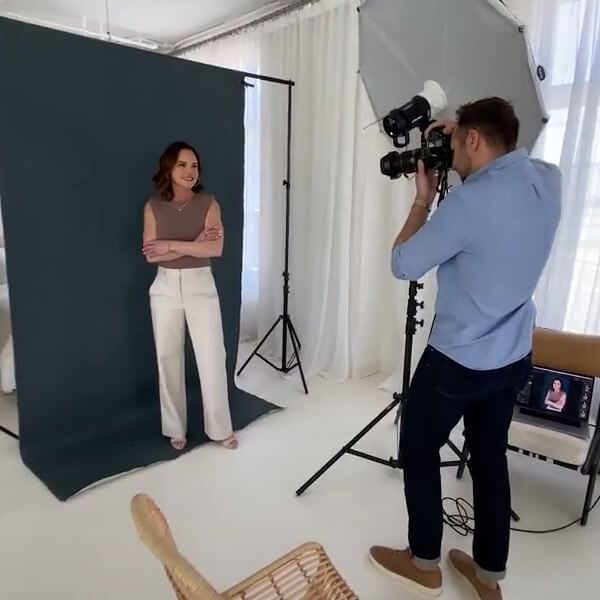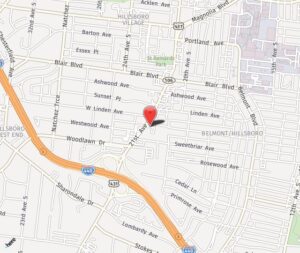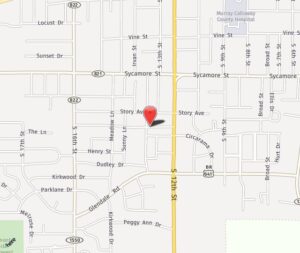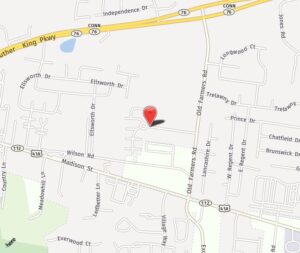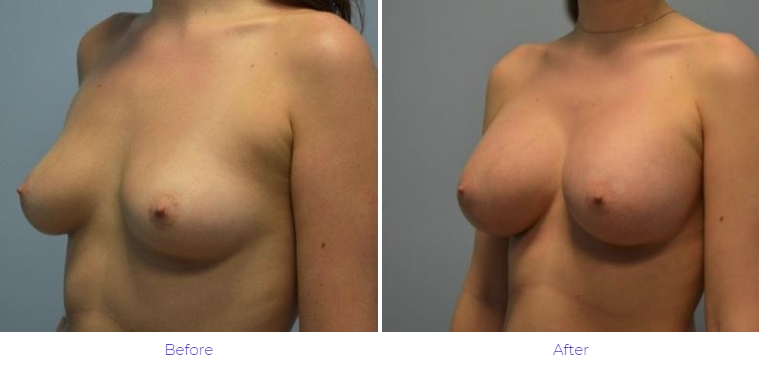There are many options available when it comes to breast augmentation. There are different types of implants, different incision sites, different sizes, and different profiles. With all the different options available it can sometimes be overwhelming. Let’s examine these options so you can be better prepared for your consultation with Dr. Harris.
Implant Type
Breast implants come in two forms: silicone gel and saline. There are advantages and disadvantages to each. Saline implants at one time were the only type of implants available in the United States. Often, saline implants can be inserted with a slightly smaller incision compared to the incision for silicone implants. However, the difference is fairly minimal. Another advantage to saline is that if there is “leak” in the implant you will know right away. The implant will almost completely deflate showing an obvious difference in comparing the left breast to the right breast. Saline implants are slightly less expensive than silicone implants as well. Saline implants have a higher rate of “rippling” which is when the edge of the implant is visible and can be felt under the skin and causes a bumpy appearance. Saline implants feel less natural than silicone implants. They feel more like a bag of water rather than natural youthful breast tissue. In women with previous saline implants who decide to exchange their implants, most will opt for changing to silicone implants due to less rippling and a more natural feel.
Incision Sites
There are four incision sites that can be utilized to place breast implants. The most common incision used is the “inframammary” incision. This is a small incision that is placed in the fold beneath the breast. It is well hidden not only in a bra or bikini and is usually not visible even when nude. This incision has the lowest infection rate and heals quickly. The “peri-areolar” incision is an incision that is placed usually on the bottom side of the areola where it meets the breast skin. This incision cannot be hidden when nude and has the highest rate of infection. The “trans-axillary” incision is placed along the hairline of armpit. Utilizing this incision often leads to slightly longer operative times but no scarring on the breast. Often, with this incision, the implants will appear too high and will not usually drop significantly post-operatively. The final incision is “trans-umbilical”. With this technique, a tunnel is made with specialized instruments under the skin from the belly button to the breast. Silicone implants cannot be placed with this incision.
Different Sizes
There are multiple different sizes available for breast implants. Dr. Harris allows his patients to select the size they want as long as the size is appropriate for the breast measurements obtained at consultation. This allows the patient to decide what size looks best for their own body. During your consultation with Dr. Harris, you will be given the opportunity to use “sizers” to get an accurate idea of what your final result will look like. This allows the patient to make the best decision for their personal goals.
Different Profiles
Adding to the confusion of selecting a breast implant is what is called the “profile” of the implant. You can think of the profile as how much the implant projects from the chest. Dr. Harris will decide on the appropriate profile for the size of the implant desired by the patient. Higher profiles allow for a larger implant to be placed in someone with a narrower chest.
Hopefully this helps to shed some light on some of the confusion associated with breast implants. While there are other factors that go into deciding the correct implant, these are the differences we most commonly get asked about during breast augmentation consultation. We want you to be fully informed so that you can make the best decision possible when it comes to your breast augmentation surgery. During your consultation, Dr. Harris will discuss all the different options available to you and answer any questions you may have.


